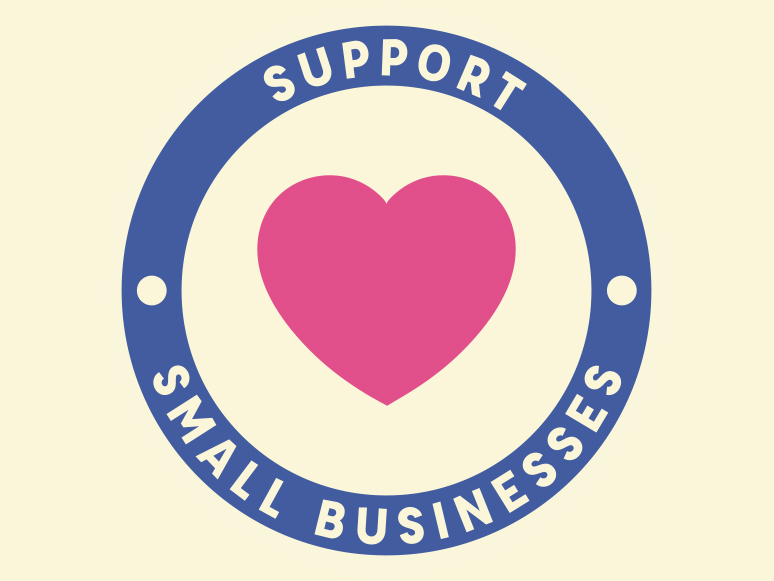logo


09th Feb, 2021

The ATO advises that the “shortcut” rate for claiming work-from-home running expenses has been extended again, in recognition that many employees and business owners are still required to work from home due to COVID-19. This shortcut deduction rate was previously extended to 31 December 2020, but will now be available until at least 30 June 2021.
Eligible employees and business owners therefore can choose to claim additional running expenses incurred between 1 March 2020 and 30 June 2021 at the rate of 80 cents per work hour, provided they keep a record (such as a timesheet or work logbook) of the number of hours worked from home during the period.
The expenses covered by the shortcut rate include lighting, heating, cooling and cleaning costs, electricity for electronic items used for work, the decline in value and repair of home office items such as furniture and furnishings in the area used for work, phone and internet expenses, computer consumables, stationery and the decline in value of a computer, laptop or similar device.
09th Feb, 2021

With a range of government COVID-19 economic supports such as the JobKeeper and JobSeeker schemes winding down in the next few months, businesses that are seeking to employ additional workers but still need a bit of help can now apply for the JobMaker Hiring Credit Scheme. Unlike the JobKeeper Payment, where the money has to be passed onto your employees, the JobMaker Hiring Credit is a payment that your business gets to keep. Depending on new employees’ ages, eligible businesses may be able to receive payments of up to $200 a week per new employee.
To be eligible for the scheme, you need to satisfy the basic conditions of operating a business in Australia, holding an ABN, and being registered for PAYG withholding. Your business will also need to be up to date with its income tax and GST obligations for two years up to the end of the JobMaker period you claim for, and satisfy conditions for payroll amount and headcount increases. Non-profit organisations and some deductible gift recipients (DGRs) may also be eligible.
Beware, however, that businesses receiving the JobKeeper Payment cannot claim the JobMaker Hiring Credit for the same fortnight.
For example, businesses that wish to claim the payment for the first JobMaker period must not have claimed any JobKeeper payments starting on or after 12 October 2020, and employers currently claiming other wage subsidies – including those related to apprentices, trainees, young people and long-term unemployed people – cannot receive the JobMaker subsidy for the same employee.
If you think your business may be eligible, the next step is to determine whether you are employing eligible additional employees.
Generally, the employee needs to:
Since the aim of JobMaker is to subsidise an increase in the number of employees a business hires – not to reduce the cost of replacing employees – businesses wishing to claim the payment must also demonstrate increases in both in headcount and employee payroll amount.
This is meant to reduce instances of rorting by businesses that might replace existing non-eligible employees with eligible employees. Employers will need to send information such as their baseline headcount and payroll amounts to the ATO for compliance purposes.
01st Dec, 2020

On 10 November 2020, the ATO advised that the recent reduction in the company tax rate had not been applied correctly in its systems from 1 July 2020. The error, which resulted in pay-as-you-go (PAYG) instalments being calculated using the former rate of 27.5% and not the correct 26%, affected companies that are base rate entities with an aggregated turnover of less than $50 million.
The ATO has now corrected the error and will issue a new PAYG instalment letter to affected companies reflecting their correct instalment rate or amount.
The ATO says that all future activity statements will have the correct rate applied.
If you have varied your instalment rate or amount, the variation will continue until the start of the next income year. You can continue to vary your activity statements if your rate or amount does not reflect your current trading situation.
If you have lodged your activity statements and paid an amount based on the incorrect instalment calculation, the ATO will refund the overpaid amount shortly. No further action is needed.
When you lodge:
01st Dec, 2020

The ATO has recently outlined its expectations for businesses post-COVID. Overall, it warns companies against using loopholes to obtain benefits from the various government stimulus packages and urged them to follow not only the letter of the law, but also the spirit of the law. Specifically, it reminds taxpayers that measures such as the expanded instant asset write-off and the loss carry-back scheme should not be used in artificial arrangements for businesses to obtain an advantage.
In a recent speech, ATO Second Commissioner of Client Engagement Jeremy Hirschhorn outlined the expectations for businesses, noting that while companies are largely compliant – with 92.5% voluntary compliance at lodgment and 96.3% after compliance activity – the ATO is seeking to increase the percentages to 96% and 98% respectively.
Corporate taxpayers can use ATO information to compare their performance against those of their peers in relation to income tax. The ATO also urges those taxpayers to use its GST analytics tool, which allows businesses to reconcile financial statements to business activity statements (BASs) and to follow its GST best practice governance guide.
Businesses have been entrusted with leading economic recovery via access to a range of government stimulus measures, and with this trust comes increased expectations around corporate behaviour – including tax. Ultimately, Mr Hirschhorn said, a tax system is about underpinning a country’s social contract by collecting the revenue that funds its program and services.
17th Nov, 2020

The Department of Education, Skills and Employment (DESE) has commenced a new ongoing data-matching program with the ATO in relation to the Supporting Apprentices and Trainees (SAT) measure. The program seeks to confirm the eligibility of employers receiving the subsidy, as well as stamp out any potential double-dipping of government assistance (for example, claiming both SAT and JobKeeper support at the same time for the same employee).
Under SAT, employers can apply for a wage subsidy of 50% of the apprentice’s or trainee’s wage paid until 31 March 2021. To be eligible, an apprentice must have been in an Australian apprenticeship with a small business as at 1 March 2020. SAT has since been expanded to include medium sized businesses that had an apprentice in place on 1 July 2020. Employers of any size who re-engage an eligible out-of-trade apprentice are also eligible to claim the SAT wage subsidy. However, there are restrictions on when an employer can claim SAT for an eligible apprentice.
Data relating to around 117,000 apprentices and trainees and more than 70,000 employers will be transferred between DESE and the ATO. The program will be ongoing, with data transfer to occur at regular intervals as required over the life of the SAT measure.
Where the data-matching program detects a discrepancy or an anomaly that requires verification, DESE will contact the business and provide them with an opportunity to verify the accuracy of the information on which the eligibility was based. Businesses will be given at least 28 days to respond and any relevant individual circumstances will be taken into consideration.
17th Nov, 2020

The ATO has reminded businesses impacted by COVID-19 that they have a range of tax options to consider, including claiming a deduction for any losses. And for businesses finding it difficult to estimate income for the purposes of PAYG instalments, the ATO will not apply penalties or interest for excessive variations where businesses make a “best attempt” to estimate their end-of-year tax.
Sole traders and individual partners in a partnership who meet certain conditions can offset current year losses against other assessable income (such as salary or investment income) in the same income year.
Otherwise, the loss can be deferred or carried forward and offset in a future year when the business next makes a profit. Businesses set up under a company structure that have made a tax loss in a current year can generally carry forward that loss for as long as they want. Of course, it’s crucial to keep proper records when claiming a deduction for losses.
The ATO has acknowledged that some businesses may need to close their doors – either temporarily or permanently – due to COVID-19, particularly in Victoria. It calls on such businesses to “do their best to keep up with tax and super obligations”.
If a business is forced to close permanently as a result of COVID-19, or for any other reason, it must still lodge any outstanding activity statements and instalment notices, make GST adjustments on the final activity statement and lodge final tax returns. This will enable the ATO to finalise the tax account and issue any refunds that might be owed.